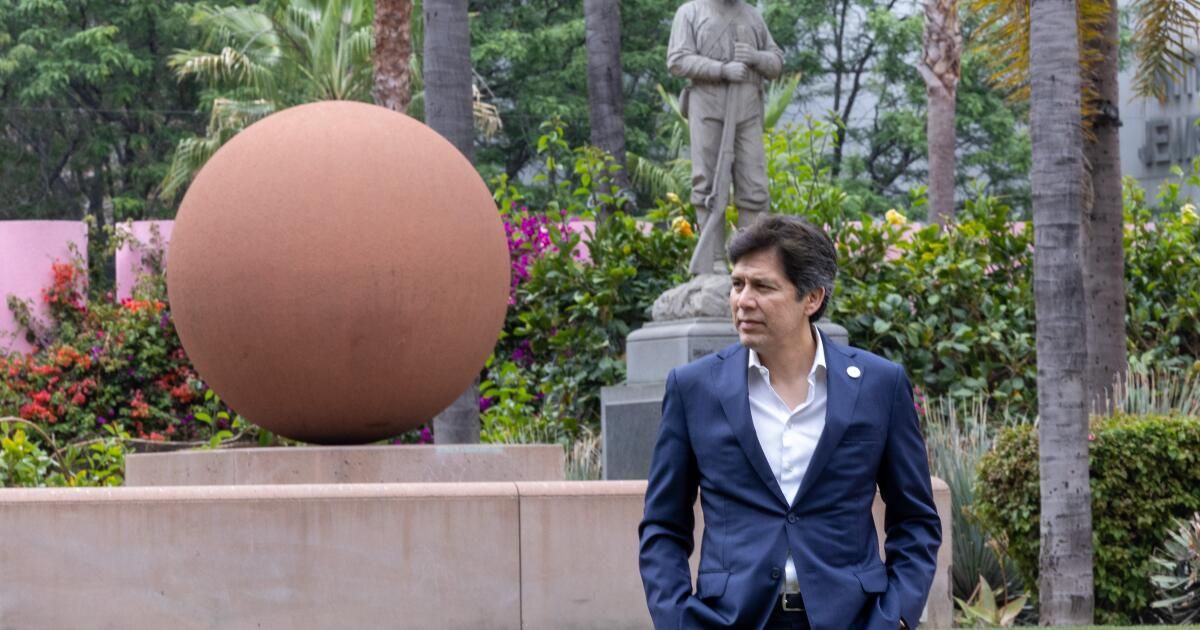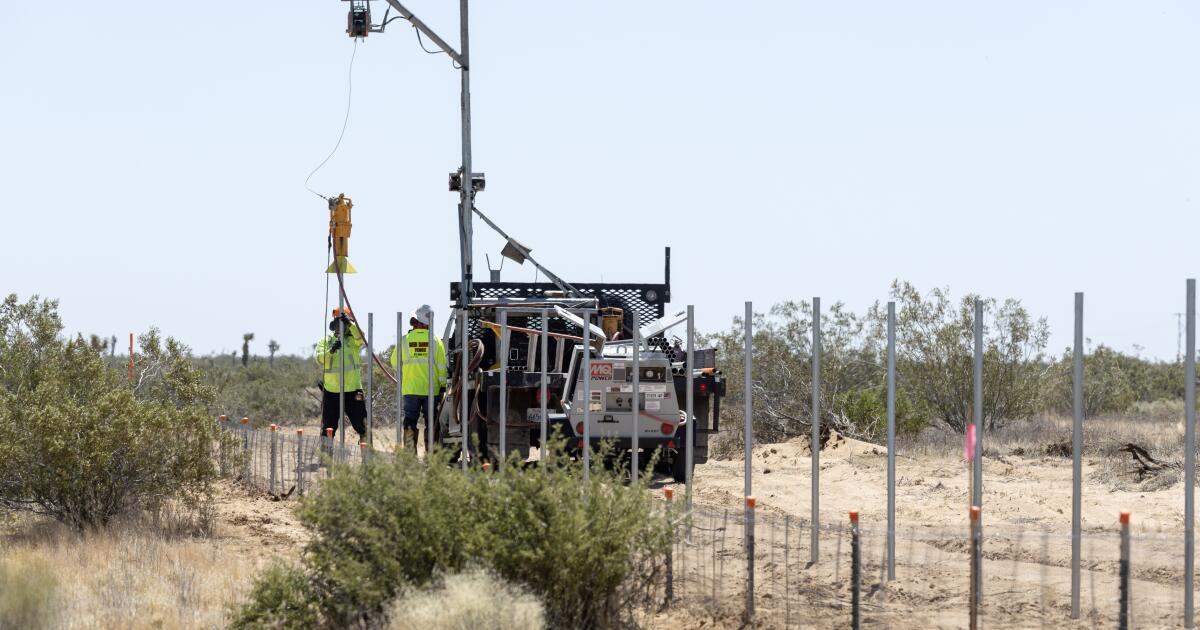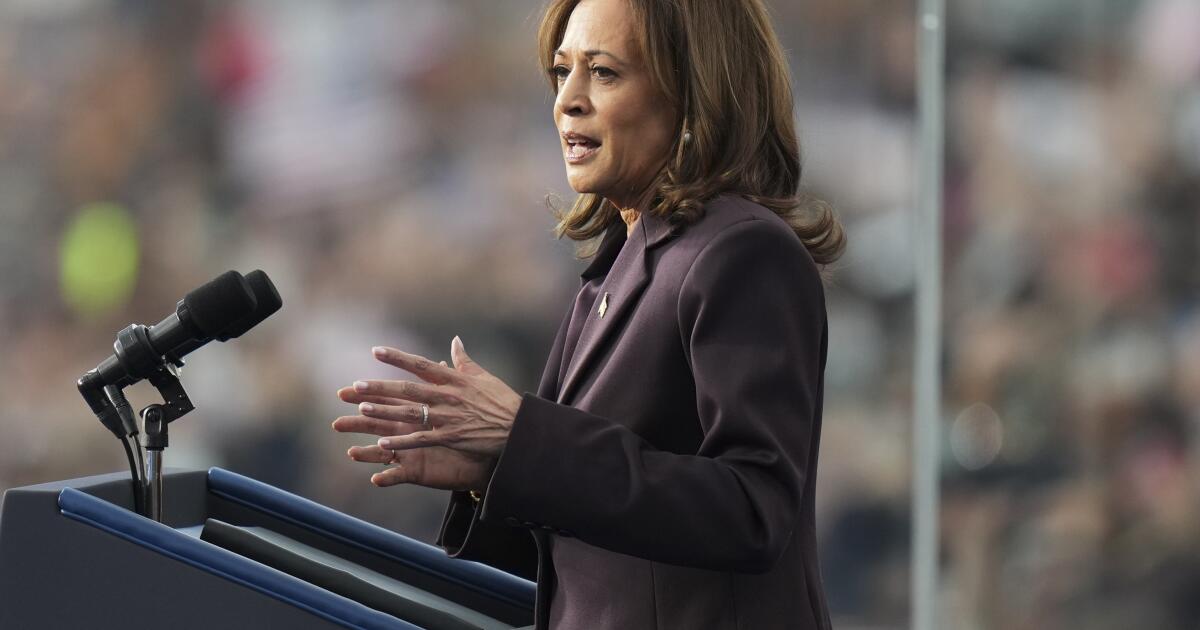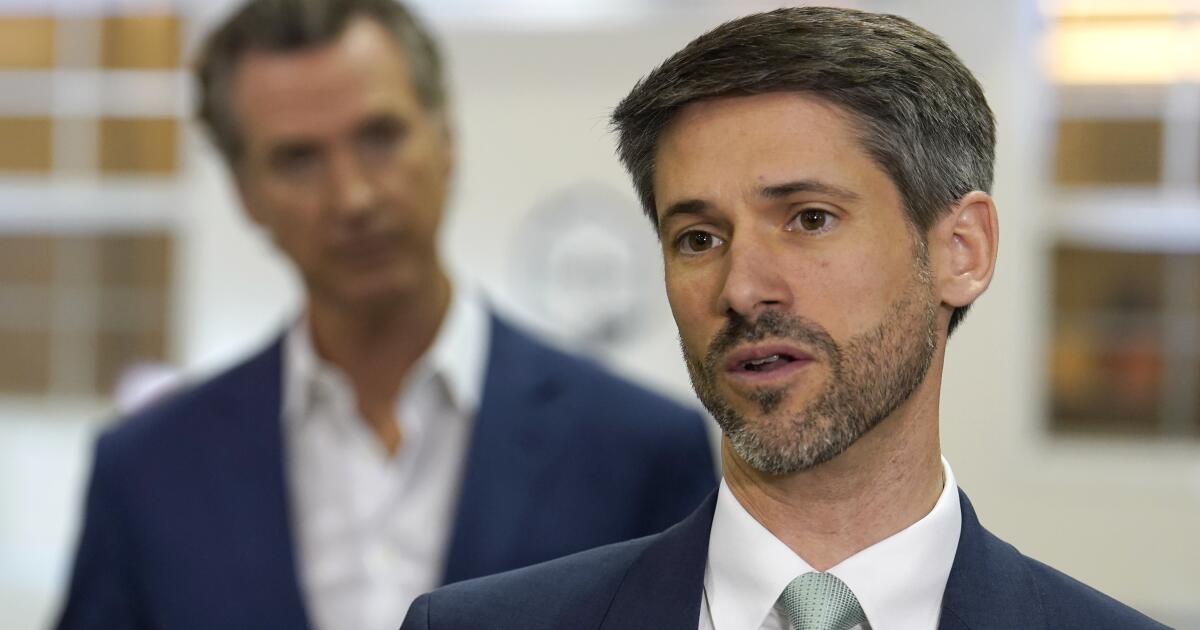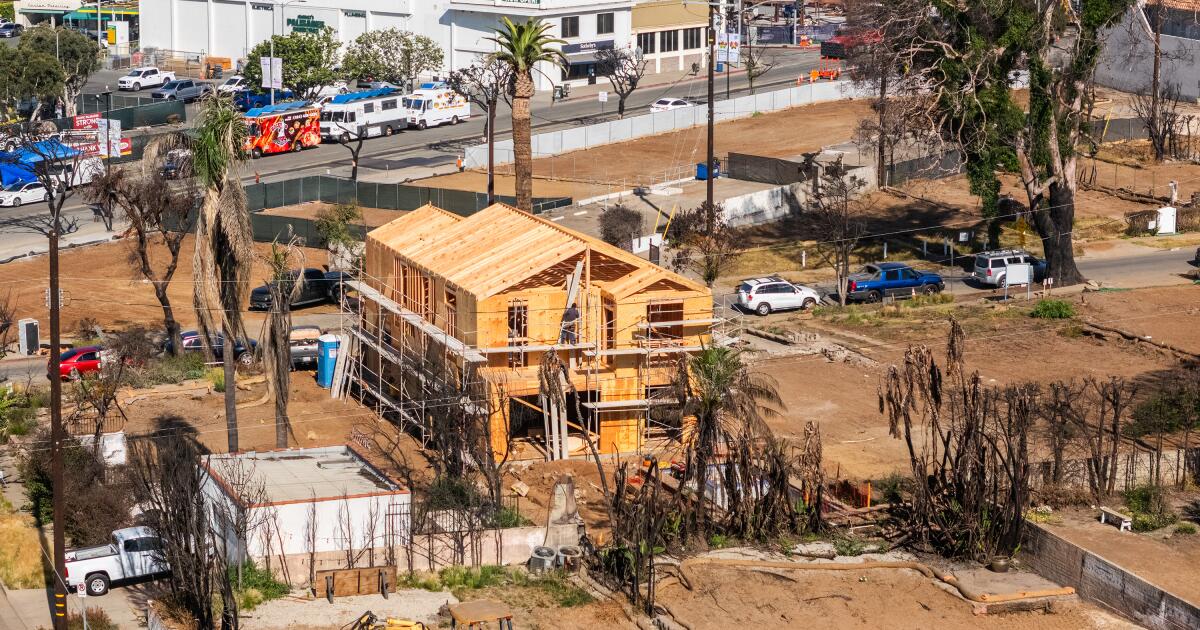Recently, Los Angeles City Councilmember Kevin de León introduced motions to rename Pershing Square in honor of Bridget “Biddy” Mason, who gained her freedom from slavery in Los Angeles in the 1850s. His effort to reimagine the long-suffering public space that is undergoing renovation may be well-intentioned, but it is also disconcerting.
For one thing, Biddy Mason Memorial Park, opened in 1989, already recognizes her achievements on her property, a few blocks northeast of Pershing Square at Third and Spring streets. Why hasn’t De Leon considered other black settlers in Los Angeles who owned property and businesses downtown, so that more of the city’s pioneering African Americans could be recognized? Black Angelenos whose stories are less well-known could be honored there.
It seems entirely possible that De León is calling on the Black community, women, and others to make up for that infamous racist conversation between city leaders that was exposed in 2022. Given its redundancy with an existing monument, her efforts don't seem truly aimed at showcasing the forgotten stories and historical figures of Los Angeles.
Take Robert and Winnie Owens and their children, Sarah, Martha, and Charles, for example, who were also prominent formerly enslaved people who have yet to be adequately recognized by the city. Robert Owens purchased his and his family’s freedom and emigrated from Texas to Los Angeles in 1852-1853. The Owens family owned real estate and a car rental business and provided other business services in Los Angeles. When the formidable Robert Owens died in 1865, he was considered the wealthiest African American in Los Angeles County.
This family, along with Manuel Pepper of Los Angeles and Elizabeth Rowan of San Bernardino County, both African Americans, and some white allies, helped Mason, her children, and members of her extended family escape from slavery in 1856. Mason and her children, Ellen, Ann, and Harriett, initially lived with the Owens family as newly freed people in Los Angeles while they formed a relationship with their adopted community. This helped the elder Mason develop her successful midwifery practice. She eventually became the first African American woman to solely own a piece of real estate that she purchased. Biddy Mason's daughter Ellen married Charles Owens, merging the two families.
Louis (or Lewis) Green, a barber who worked in other professions throughout his life, is another pioneering black Angeleno who deserves broader recognition in our civic memory. After overcoming racist subterfuge from local whites, Green became the first African American to register to vote in Los Angeles County in 1870, the year the 15th Amendment extended the right to vote to black men.
Biddy Mason Memorial Park was one of the first major efforts to recognize the histories of workers and communities of color in Los Angeles’ public spaces. Created by the nonprofit group Power of Place, the project was the result of years of historical research, community engagement, collaboration, disputes over permits and policies, and fights with dismissive city leaders. Thirty years later, in 2019, when then-Mayor Eric Garcetti convened advisers, historians, cultural critics, and designers to form the Civic Memory Task Force, the Power of Place initiative remained an important touchstone.
However, it seems to be forgotten all too easily. In proposing to rename Pershing Square after Biddy Mason, De Leon has mocked Memorial Park, which is in his district, as dark and isolatedIt is unclear whether or how it plans to address this problem.
The city appears to have done little to maintain Biddy Mason Memorial Park. There are no large entrance signs; two small metal plaques at Spring and Third streets, both defaced, offer no direction. Lighting and seating do not invite visitors to look at the worn memorial elements, which should have been rehabilitated long ago. Among them is “Biddy Mason's Time and Place,” designed by Sheila Levrant of Bretteville, a memorial wall featuring handprints and artifacts from Mason's life and times. Next to it is “Biddy Mason: House of the Open Hand,” by renowned Los Angeles-based African-American artist Betye Saar, whose installation offers a glimpse of what Mason's home looked like based on historical photographs.
The city has long lacked a process and policies to address memorial sites. The Mayor’s Civic Memory Task Force was formed to address this gap. Group Report 2022Then-design director Christopher Hawthorne wrote that a “key lesson” is that “broad discussions about commemoration and memorialization” are needed and that “Los Angeles has not yet engaged in that conversation to the extent necessary, especially when it comes to initiatives launched from City Hall.”
Los Angeles needs to rethink civic memory beyond renaming places, removing statues, and creating new memorial efforts. This requires a more thorough review and maintenance of past efforts. The report also highlights the need for community engagement, recognition of multidimensional histories, and a thorough process involving historians, indigenous leaders, and community elders.
De León should join us in calling on his fellow City Council members and Mayor Karen Bass to take the steps clearly laid out by the Civic Memory Task Force to honor Biddy Mason and others like her.
Alison Rose Jefferson is a historian, curator, heritage conservation consultant, and author, most recently, of “Living the California Dream: African American Recreation Sites During the Jim Crow Era.” Catherine Gudis is a professor of history and director of the public history program at UC Riverside, a scholar-in-residence at the Los Angeles Department of Poverty’s Skid Row Museum and Archives, and a former member of the Civic Memory Working Group.

